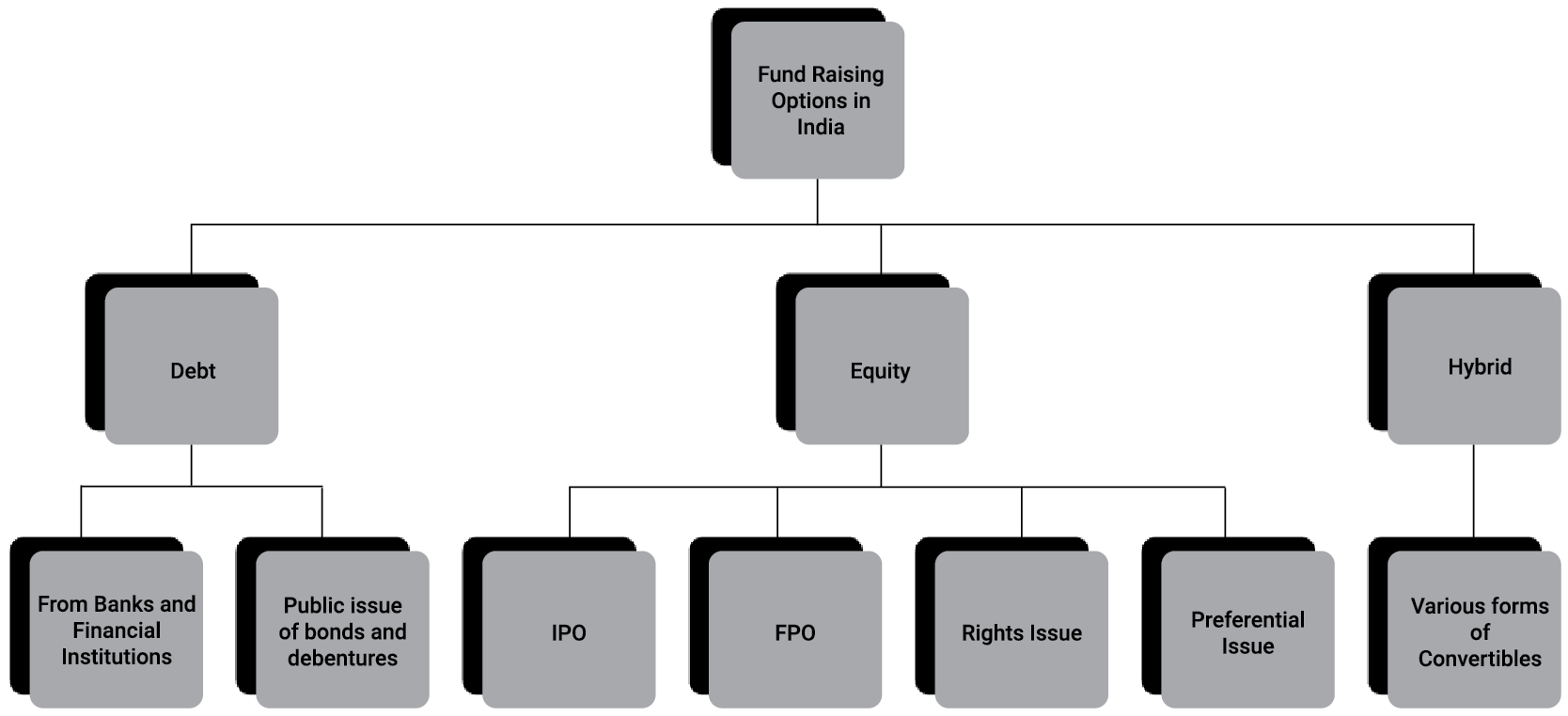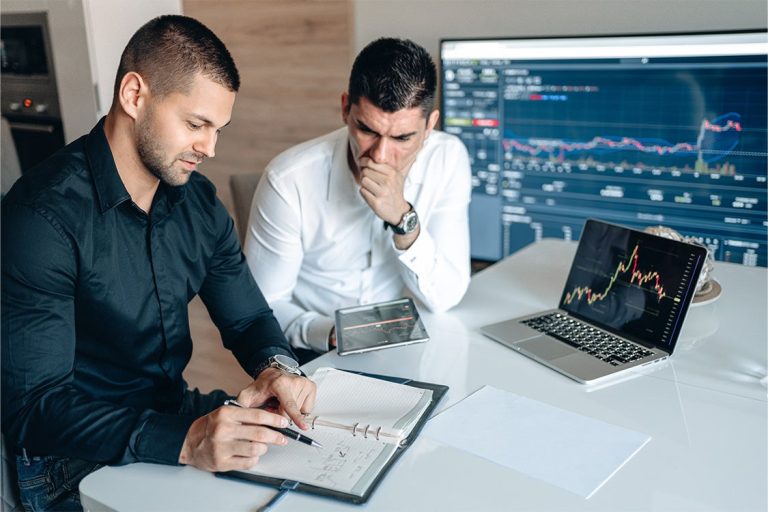Did you know that some traders have been caught trying to hide insider trading by using code words in their emails, like "pizza party" for a stock dump? In this article, we dive into the crucial aspects of detecting insider trading activity, exploring key signs and common indicators that can signal suspicious behavior. Learn how regulatory agencies identify these activities and the tools and data sources that aid in detection. We also discuss how unusual stock price movements and trading volume patterns can indicate potential insider trading, along with the red flags to watch for in investigations. Additionally, find out how news and corporate announcements impact detection, the motives behind insider trading, and the role of whistleblowers. Finally, discover recent cases and effective strategies to safeguard your investments against insider trading. For in-depth guidance and support, trust DayTradingBusiness to keep you informed and empowered in your trading journey.
How can I identify signs of insider trading?
Look for sudden, unexplained stock price swings before news releases. Watch for unusual trading volume from insiders or employees. Check for large, early trades before public announcements. Notice if someone repeatedly trades on confidential information. Use SEC filings and insider transaction reports to spot suspicious activity. Listen for tips or rumors about insider knowledge influencing trades.
What are common indicators of insider trading activity?
Common indicators of insider trading include sudden stock price spikes or drops without news, unusual volume trading before significant announcements, traders with no obvious reason holding large positions, and inconsistent or suspicious trading patterns around corporate events. Watch for insiders or employees buying or selling stock just before major disclosures. Unexplained profits or losses on specific trades can also signal insider activity.
How do regulatory agencies detect insider trading?
Regulatory agencies detect insider trading by monitoring suspicious trading patterns, analyzing large or unusual trades ahead of public news, and using surveillance tools to flag anomalies. They review confidential tips, cross-reference corporate disclosures, and use data analytics to identify traders acting on non-public information. Investigations often involve tracing communication records and examining financial records for links between insiders and traders.
What tools and data sources help spot insider trading?
Tools like SEC EDGAR, Bloomberg Terminal, and Thomson Reuters Eikon help spot insider trading by providing real-time filings, trading patterns, and market news. Data sources such as Form 4 filings, company press releases, and stock transaction records reveal suspicious trades. Surveillance software analyzes unusual trading volume, timing with corporate news, and insider activity. Social media and news sentiment analysis can also flag potential leaks or misinformation. Combining these tools and data sources enables effective detection of insider trading activity.
How do unusual stock price movements suggest insider trading?
Unusual stock price swings, especially without clear news, can indicate insider trading. If a stock jumps or drops sharply before major announcements, it may suggest someone with non-public info is trading. Look for patterns like sudden volume spikes paired with price moves that don’t match market trends. These anomalies, especially when isolated or inconsistent with news, raise red flags for potential insider trading activity.
What role do trading volume patterns play in detecting insider trading?
Trading volume patterns reveal unusual spikes or consistent increases that don’t match normal market activity. Sudden volume surges before major news or earnings hints at potential insider trading. Unexplained volume trends, especially when paired with abnormal price movements, suggest someone with non-public info might be involved. Monitoring these patterns helps identify suspicious activity that warrants deeper investigation.
How can insider trading be distinguished from normal market activity?

Insider trading involves trading based on material, non-public information, unlike regular market activity driven by public news and trends. Look for unusual trading volume or price movements before major announcements, especially if a trader has access to confidential info. Insider traders often execute trades just before significant news, causing abrupt price spikes or drops. Cross-referencing trades with corporate insiders’ disclosures or suspicious timing can reveal illegal activity. Monitoring patterns where certain traders consistently act ahead of market-moving news signals potential insider trading.
What are the red flags in insider trading investigations?
Red flags in insider trading include sudden, unexplained stock price jumps, large trades before major news, inconsistent trading patterns with public info, and insiders or close associates repeatedly trading before significant events. Unusual volume spikes and trades that lack clear rationale also signal potential insider activity.
How does news or corporate announcements impact insider trading detection?
News and corporate announcements can signal insider trading by causing unusual stock price or volume movements before the public release. Traders with inside information often act on upcoming news, leading to suspicious patterns that detection algorithms flag. Monitoring rapid changes around announcement dates helps identify potential insider trading. Analyzing the timing and magnitude of trades relative to news releases reveals anomalies that suggest illicit activity.
What are the legal steps to report suspected insider trading?
Report suspected insider trading to the SEC by filing a tip, complaint, or referral through their online tips portal, phone, or mail. Gather evidence like suspicious trading patterns, insider knowledge, or leaked information before reporting. If law enforcement is involved, contact the FBI. Keep records of your observations and any supporting documents.
How can insider trading be hidden and how to uncover it?

Insider trading can be hidden through false disclosures, off-market trades, or complex ownership structures. To uncover it, monitor unusual trading volume, sudden price movements, and suspicious corporate disclosures. Use forensic analysis of trading patterns, cross-reference with insider disclosures, and analyze communication channels like emails and calls. Regulatory bodies also review tips, whistleblower reports, and conduct undercover investigations.
Learn about How Regulators Detect Insider Trading in Day Markets
What are common motives behind insider trading?
Common motives behind insider trading include personal financial gain, such as making quick profits from confidential information, and gaining a competitive edge in the market. Sometimes, traders act out of revenge or to manipulate stock prices for strategic advantages. Financial pressure or greed also drive insiders to misuse sensitive information.
How effective are surveillance systems in catching insider trading?
Surveillance systems are quite effective at flagging suspicious trading patterns that suggest insider trading. They track unusual volume spikes, timing of trades before news releases, and irregular transaction behaviors. While not foolproof, advanced algorithms and real-time monitoring help regulators identify potential insider trading faster than manual methods. However, proven insider trading still requires investigation and evidence collection beyond initial detection.
How do tip-offs and whistleblowers contribute to detection?
Tip-offs and whistleblowers provide insider information that can reveal illegal trading activities. They alert authorities to suspicious transactions or patterns that might otherwise go unnoticed. Whistleblowers often have direct knowledge of insider trading, enabling investigators to target specific traders or firms. Their tips can lead to crucial evidence, accelerating detection and enforcement. Without them, many insider trading schemes would remain hidden until financial markets or regulatory agencies uncover irregularities through audits or analysis.
What are recent cases of insider trading and their detection methods?

Recent insider trading cases involve traders using confidential information before public announcements, such as the 2022 insider trading scandal involving hedge fund managers. Detection methods include monitoring suspicious trading patterns, analyzing unusual volume spikes, and using algorithms to flag trades that deviate from typical behavior. Regulators like the SEC use wiretaps, surveillance of communication channels, and data analytics to identify and investigate insider trading activities.
How can investors protect themselves from insider trading?
Investors can spot insider trading by watching for unusual stock price movements before major news, sudden volume spikes, and suspicious trading patterns from insiders or related entities. Check for trades made just before significant announcements, especially if they seem out of sync with market trends. Use tools like SEC filings and insider trading reports to monitor suspicious activity. Staying informed about regulatory alerts and whistleblower tips also helps identify potential insider trading signals.
Learn about How to Protect Yourself from Insider Trading Risks
Conclusion about How to Detect Insider Trading Activity
In summary, recognizing insider trading activity requires a keen understanding of market indicators, regulatory frameworks, and the tools available for analysis. By identifying unusual stock price movements, trading volume patterns, and red flags during investigations, investors can better protect themselves. Staying informed about recent cases and leveraging resources from DayTradingBusiness enhances your ability to navigate these complex waters efficiently.
Learn about How Regulators Detect Insider Trading in Day Markets